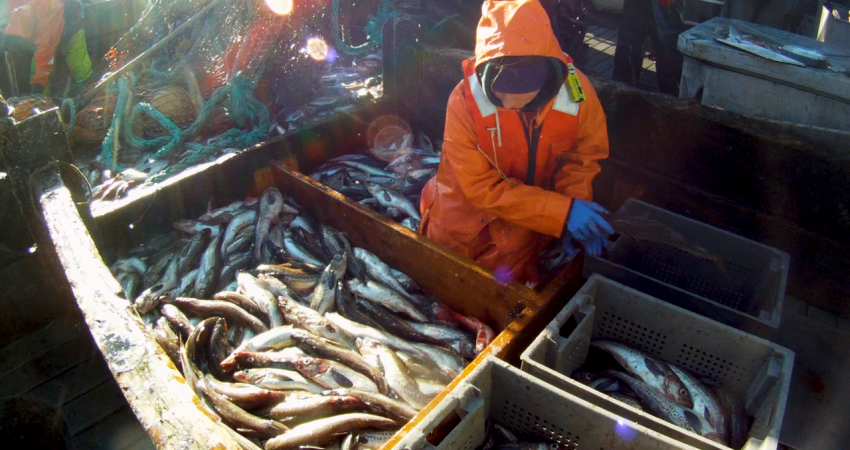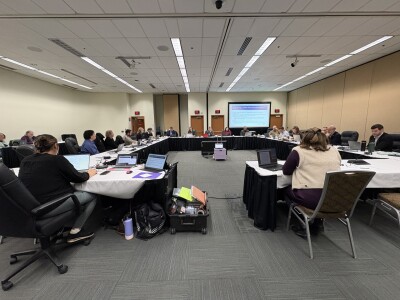Alaska’s 2025 A season for wild pollock has wrapped up with robust catches, low bycatch rates, and a broad economic boost to local communities, according to a press release issued by the Alaska Pollock Fishery Alliance. The results have been praised by industry leaders and fisheries managers as an example of successful, science-driven stewardship.
With more than 90% of quotas achieved in both the Bering Sea and the Gulf of Alaska, the season has been hailed as a benchmark for responsible management. Fishermen, scientists, and regulators alike pointed to the collaborative approach — from real-time information sharing to rigorous conservation efforts — as key to the season’s success.
“The sheer amount of communication that occurred throughout the pollock sector, all in an effort to mitigate salmon encounters, was truly amazing,” said Capt. Dan Martin, a seasoned pollock fisherman from Dutch Harbor. "This, coupled with rigorous science, proactive management, and a strong stewardship ethic led to the success of this A season.”
Federal stock assessments confirmed healthy biomass levels in both regions, thanks in part to the North Pacific Fisheries Management Council's (NPFMC) conservative harvest strategies. In the Bering Sea, the 2025 total allowable catch (TAC) was set 40% below the Acceptable Biological Catch level, reflecting a precautionary approach grounded in ecosystem science.
The season also delivered economic dividends across Alaska, especially to remote communities participating in the Community Development Quota (CDQ) program. The CDQ ensures that a portion of federal fisheries revenue supports local infrastructure, employment, and regional development.
“The CDQ program is, by design, accomplishing two goals," said Eric Deakin, CEO of the Coastal Villages Region Fund. "First, Alaskans are becoming owners of the Bering Sea – the most productive fisheries on earth. Second, the Bering Sea is creating economic activity throughout western Alaska and across the state.”
In Kodiak, small family-owned vessels helped harvest a record volume of Central Gulf A season pollock. The community’s shoreside processors — largely staffed by local residents — will stay active until the summer salmon season begins, aided by this strong early-season haul.
Alaska’s pollock fishery contributed $1.56 billion to the state’s commercial fishing sector in 2024, accounting for nearly one-third of the overall wholesale value of Alaska seafood.
The industry’s commitment to sustainability was also evident in its bycatch management efforts. Chinook salmon bycatch stayed well below regulatory caps in both the Bering Sea and Gulf of Alaska, aided by a suite of mitigation strategies, including salmon excluder nets, adaptive fishing, and area closures.
In the Bering Sea, preliminary data show approximately one Chinook salmon was caught per 40 tons of pollock — a low rate attributed to the use of federally mandated Incentive Plan Agreements (IPAs). These IPAs allow vessels to share real-time information to avoid salmon hotspots.
In the Gulf of Alaska, where pollock vessels operate under different regulations, 43 of 44 boats voluntarily joined a Chinook Bycatch Avoidance Agreement. This led to the closure of salmon-heavy areas and nearly doubled the use of salmon excluder gear compared to previous seasons.
Soon the the pollock industry and fleet will begin shifting its attention to the summer B season.







